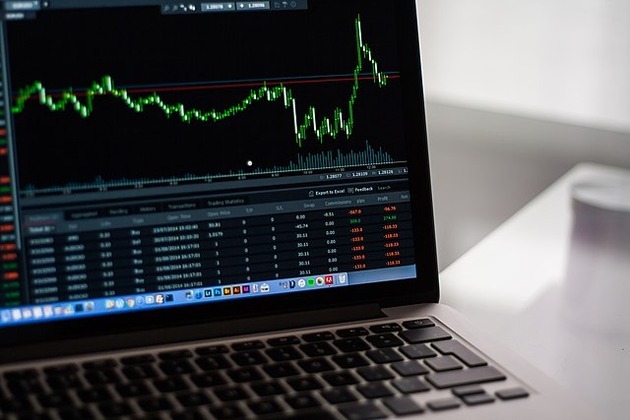Move FM Australian News

Markets find footing as U.S. jobs miss boosts easing outlook
Aug 5, 2025SYDNEY, Australia: Asian stock markets began the week on a firmer footing on August 4, buoyed by growing expectations of lower interest rates in the U.S. despite mounting concerns over the economy and the credibility of U.S. policy-making.
The rally followed a sharp retreat in bond yields and a rebound in global equities after a disappointing U.S. payrolls report late last week revived bets that the Federal Reserve will ease policy as early as September.
Futures markets now imply an 85 percent probability of a Fed rate cut next month and suggest cuts totaling at least 100 basis points over the next year. That outlook has been a rare silver lining for investors rattled by signs of slowing job growth and political interference in economic institutions.
The Labor Department’s July employment report showed significant downward revisions to previous months, with the three-month average for job gains falling to just 35,000, down from 231,000 at the start of the year.
“The report brings payroll growth closer in line with big data indicators of job gains and the broader growth dataset, both of which have slowed significantly in recent months,” analysts at Goldman Sachs wrote. “Taken together, the economic data confirm our view that the U.S. economy is growing at a below-potential pace.”
However, investor confidence was further shaken by President Donald Trump’s abrupt firing of the head of the Bureau of Labor Statistics. The decision raised doubts about the integrity of economic data and added to concerns about the politicization of the Federal Reserve, especially after news that Trump would get an early opportunity to appoint a new Fed governor.
“It opens the prospect of broader support on the Fed Board for lower rates sooner rather than later,” said Ray Attrill, head of FX research at NAB. “Fed credibility, and the veracity of the statistics on which they base their policy decisions, are both now under the spotlight.”
The shift in rate expectations helped stabilize markets. S&P 500 and Nasdaq futures both rose 0.4 percent, while EUROSTOXX 50 futures gained 0.6 percent. FTSE and DAX futures also climbed.
In Asia, MSCI’s broadest index of Asia-Pacific shares outside Japan rose 0.6 percent, supported by a 0.8 percent gain in South Korean stocks. Japan’s Nikkei fell 1.6 percent, weighed down in part by Friday’s sharp rebound in the yen. Chinese blue chips were flat.
Wall Street has been supported by a relatively strong earnings season. About two-thirds of S&P 500 companies have reported results so far, with 63 percent beating expectations. Estimated earnings growth now stands at 9.8 percent, up from 5.8 percent at the beginning of July.
Currency markets saw the dollar weaken after last week’s data. The dollar index fell to 98.727 from the previous week’s high of 100.250. The dollar traded at 147.69 yen after a 2.3 percent drop Friday, while the euro held firm at US$1.1583.
Gold held steady at $3,361 an ounce. Oil prices dipped slightly after OPEC+ announced another hefty output hike for September. Brent crude slipped 0.2 percent to $69.51, and U.S. crude fell 0.1 percent to $67.24.


